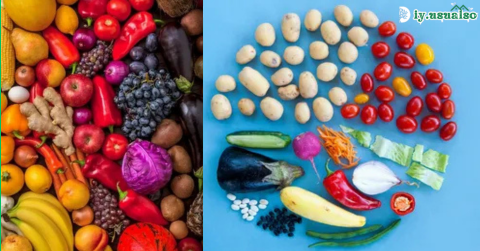Cauliflower
How to Grow Pumpkins at Home
Cauliflower is another vegetable that can tolerate a bit of frost, making it ideal for planting in early January. Look for a fast-growing compact variety, such as Snowball or Veronica, and sow the seeds directly into the soil. You should see heads forming within 4-6 weeks.
Asparagus
How to Grow Asparagus

Planting asparagus requires patience, as it takes several years for the plants to grow and produce spears. But you have to wait! Asparagus is a perennial, so once it’s mature, you can enjoy fresh spears for years to come. Start planting 12-15 crowns per person in your household in early January.
Cabbage
How to Grow Pumpkins at Home
Pumpkin is a cool-weather plant that grows best when planted in early winter or late fall. Sow seeds indoors 6-8 weeks before the last frost, then transplant them into the ground once they are large enough. You should see heads forming within 2-3 months.
Radish
How to grow radishes at home
Radishes are one of the easiest vegetables to grow, making them a good choice for beginner gardeners. Radishes can be planted in Zone 9 as early as January and will be ready to harvest in about four weeks. The most important thing when growing radishes is that the soil is well-drained and that it receives plenty of sunlight.
Broccoli
Using Broccoli
Broccoli is another vegetable that can be planted in early January. Broccoli loves cold weather and will not do well if the temperature is too hot. When planting broccoli, space the plants 18-24 inches apart so they have room to grow. Typical broccoli..



